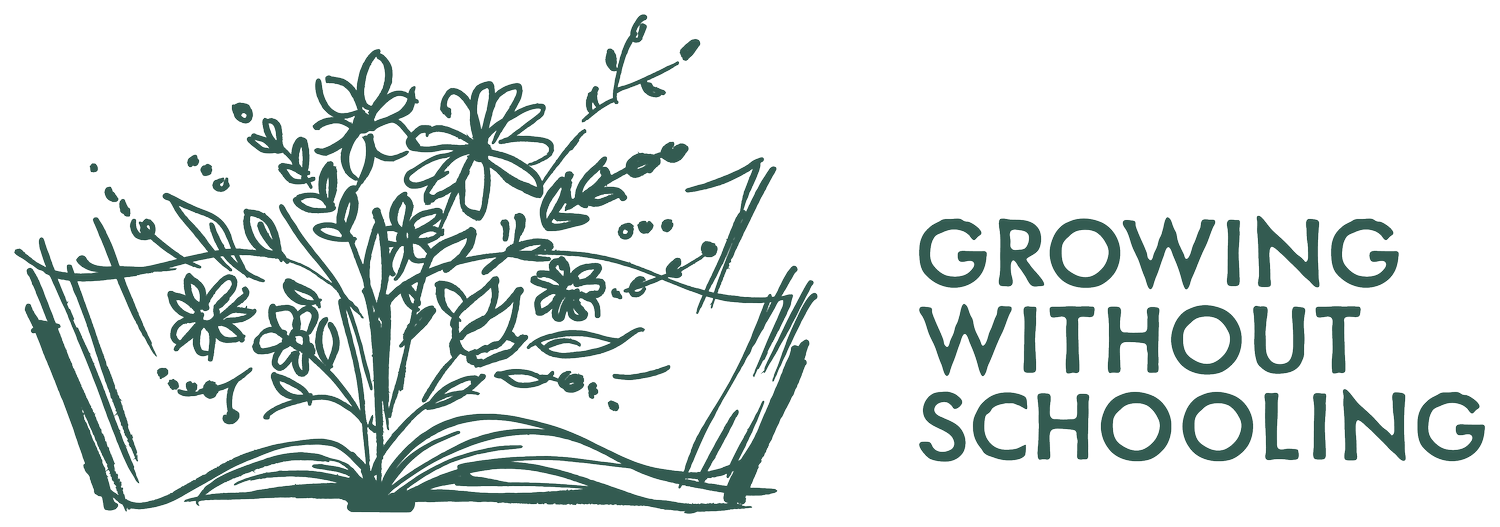Teach Your Own: The Indispensable Guide to Living and Learning with Children at Home
In 2019, there were more than two million children being homeschooled. That number doubled during the pandemic and is now likely to continue increasing as more parents worry that school might not be the best place for their children to learn and grow. In October 2023 the Washington Post called homeschooling “the fastest growing form of education” in the United States.
Teach Your Own helped launch the homeschooling movement in 1981, and now its timeless and revolutionary message of recognizing the ways children come to understand the world has been updated for today’s environment.
Please scroll down to view the book formats for purchase.
Available In Additional Formats
-
“In his vision of what might be done in education, John Holt makes us thinbk in new ways about what is being done. His book deserves to be read pondered.”—The Wall Street Journal
(Delacorte, 1981, by John Holt. Revised and updated by Patrick Farenga, Perseus 2003, Hachette, 2021)
By John Holt, 1981
...I have used the words "homeschooling" to describe the process by which children grow and learn in the world without going, or going very much, to schools, because those words are familiar and quickly understood. But in one very important sense they are misleading. What is most important and valuable about the home as a base for children's growth into the world is not that it is a better school than the schools but that it isn't a school at all. It is not an artificial place, set up to make "learning" happen and in which nothing except "learning" ever happens. It is a natural, organic, central, fundamental human institution, one might easily and rightly say the foundation of all other institutions. We can imagine and indeed we have had human societies without schools, without factories, without libraries, museums, hospitals, roads, legislatures, courts, or any of the institutions which seem so indispensable and permanent a part of modern life. We might someday even choose, or be obliged, to live once again without some or all of these. But we cannot even imagine a society without homes, even if these should be no more than tents, or mud huts, or holes in the ground. What I am trying to say, in short, is that our chief educational problem is not to find a way to make homes more like schools. If anything, it is to make schools less like schools.

